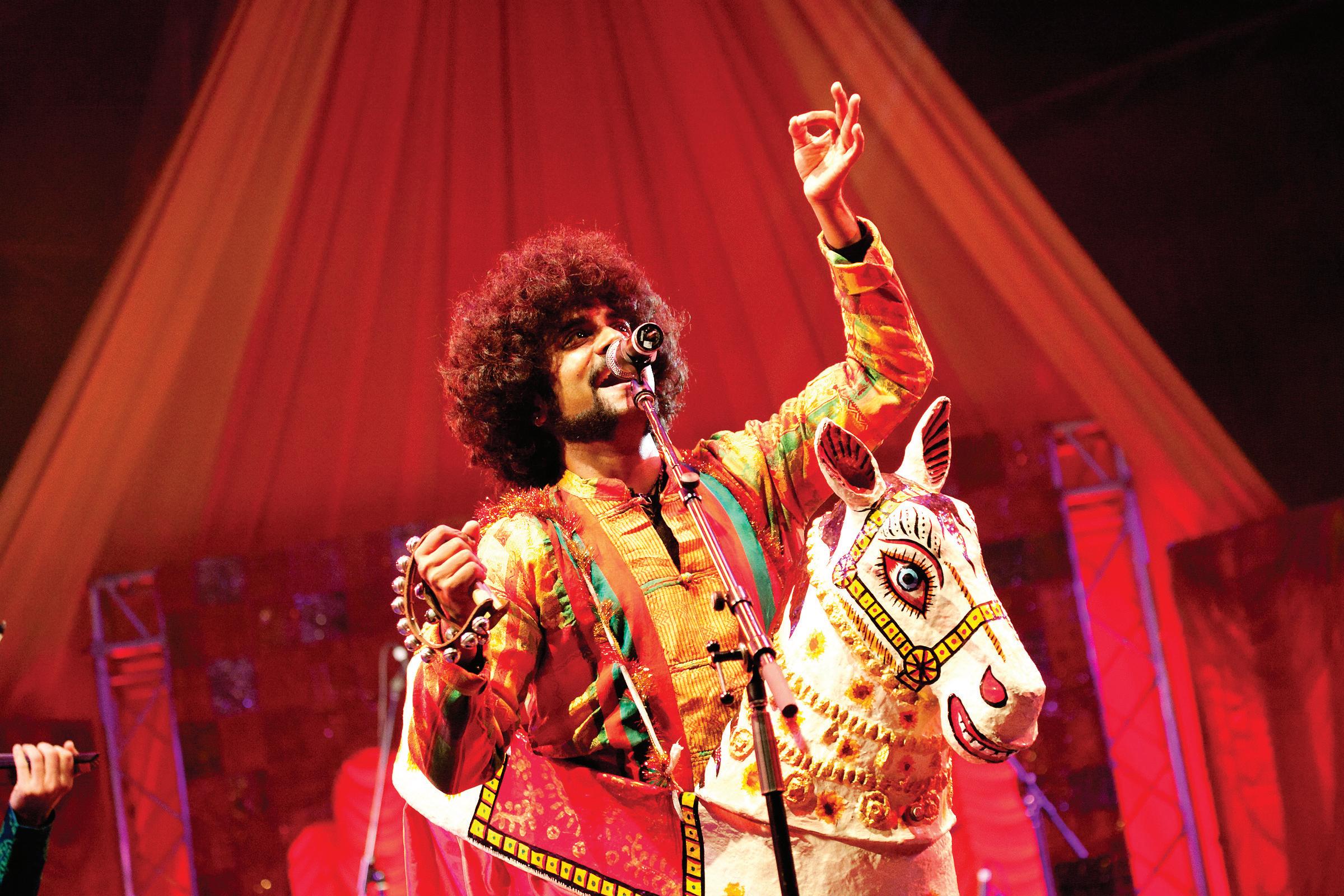
4 minute read
The rain, Tauba tauba ve!
from 2010-11 Sydney (2)
by Indian Link
when he invited them up on stage to dance with him, they had the time of their lives.
Kailash Kher might as well have been referring to the rain when he sang Taube taube ve, teri surat There were pretty girls galore in the audience, but he probably couldn’t see them in the rain…
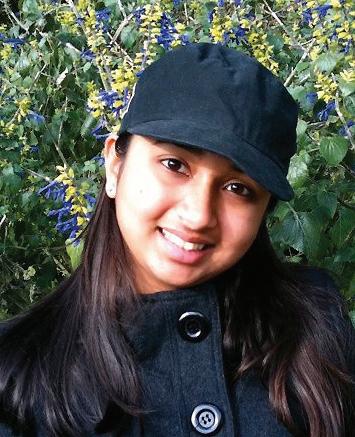
As headline act of the inaugural Parramasala Festival, the diminutive singer was expected to pack in the audiences at Parramatta Park’s beautiful Crescent amphitheatre. The concert was a free admission event, where people were encouraged to simply turn up with a picnic blanket and enjoy the entertainment and the eats. However, Mother Nature had plans for a sound and light show of her own.
The rain wouldn’t stop and the temperature dropped to a surprising low for what was essentially a summer night. At 6pm, the show appeared to be a wash out. The lawns were empty, save for about a hundred people, half of who unfavorable weather conditions proved to be no match against the magnetic pull of Kailash Kher’s soaring voice, and the crowds started pouring in. By 7pm, the lawn was full and a strange thing seemed to be happening. The audience began forming a close-knit community of coconspirators tied together by the sense of adventure that had brought them out in the storm. The true Indian spirit was clearly visible as relative strangers shared picnic blankets and umbrellas, passed around steaming samosas and chole , and turned an event organiser’s nightmare into a spontaneous rain dance.
When he spoke in Punjabi, they adored him; when he asked them to back away from the stage for his peace of mind, they humored him (for a few minutes at least!) and when he invited them up on stage to dance with him, they had the time of their lives.
Watching Kailash Kher perform live is a privilege. He is this small, curly-haired ball of energy that bounces about the stage, singing in a powerful voice and delivering an electrifying performance. He engages with his audience at every level and involves them in his act so that they are so caught up in his infectious energy and contagious laughter, it’s amazing. AR Rehman once described his
After the first song, Kailash Kher thanked the audience for turning up in the rain, that too on Diwali night, just for him. He praised the Gods ‘on this auspicious occasion’. Then he completely disarmed the crowd by humbly admitting that he had just learned the big English words in honour of his Australia visit and he had felt compelled to use them. The audience was bowled over! When he spoke in Punjabi, they adored him; when he asked them to back away from the stage for his peace of mind, they humored him (for a few minutes at least!) and
Kailash and his Kailasa team (Tapas Roy, Naresh Kamath, Paresh Kamath, Kurt Peters, Sanket Athale, Sameer Chiplunkar, Sankarshan Kini and Tejasvi Rao) typically belt out a brilliant synthesis of songs that convey different emotions, sounds and melodies designed to resonate with a diverse audience. Riding the wave of success, Kailasa has regularly played to packed audiences and become a fixture on the international performances
Despite the weather being dismal, Kailash Kher did not disappoint. Fans danced, clapped and sang along to his earthy tunes all night long. He performed an eclectic mix of vibrant and energetic tracks with a few romantic ones thrown in, rocking the stage with songs like Tauba Tauba, Teri Deewani, Bubumbum Leri, Rang de ni, Sajna Tere Bina, Chak de phatte . No, he did not sing that Allah ke Bande (wonder why) and the audience was left craving for more.
Also making their Australian debut, in the opening act, were Bangalore boy-band Swarthama. Their stage acts, exhilarating energy and off-beat costumes, silly jokes and irreverent lyrics combined with a fresh sound made from combining contemporary Indian folk music with rock, Carnatic music and jazz, was the perfect start to a show
Today, Kailash Kher is undoubtedly one of India’s top singers with numerous Bollywood songs to his credit. A former guest judge on the talent contest Indian Idol , Kher’s music ranges from high-energy to inspiring while his performances bring diversity to the stage with romantic numbers. He’s not only a sensational vocalist, but also a sensitive songwriter, and a truly charismatic performer. His earthy, soulful voice has shot the simple Meerut boy to legendary fame. Known equally for his pop-rock albums, Bollywood songs, sufiana singing style and powerful folk music, he hit the limelight from the film Waisa Bhi and since then, there has been no looking back for this powerhouse of raw singing talent.
When he teamed up with brothers Naresh and Paresh Kamath of Bombay Black to form the band Kailasa, the blending of Kailash Kher’s Indian with the Kamath brothers’ contemporary modern sounds resulted in musical nirvana. Kailasa is a mature band with a unique sound that displays Sufi, folk, classical, rock, electronic and funk influences.
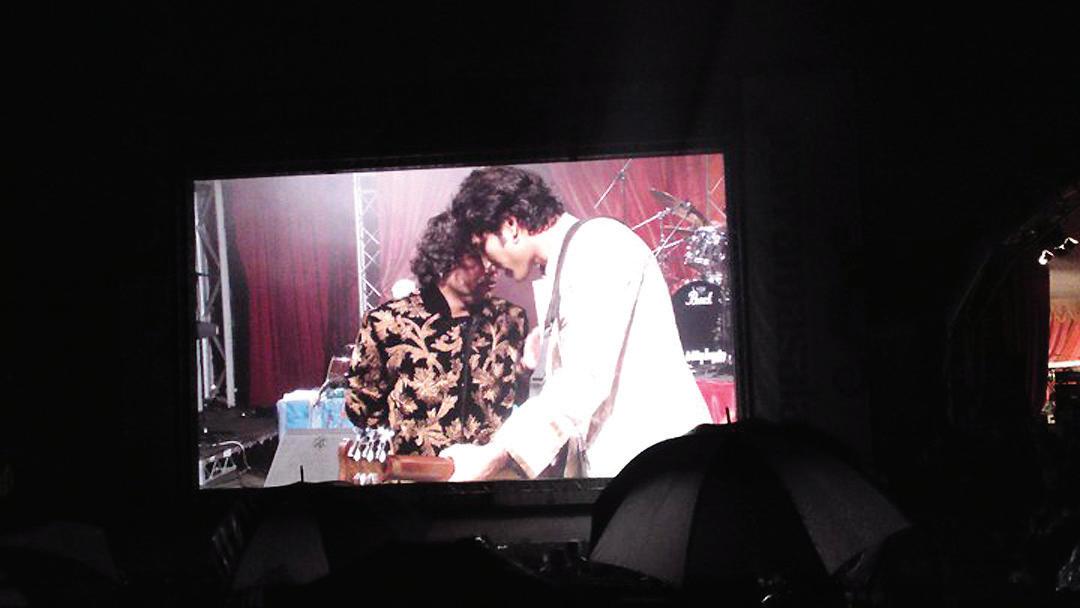
Parramasala promised audiences an unforgettable outdoor concert and they certainly delivered on that guarantee. Kailash Kher impressed beyond words not only with his extravagant singing style but also with his innocently charming personality – and in the end, no one really cared about the rain.
BY RAJNI ANAND LUTHRA
The film contains thousands of cast members and animals, including a thousand horses and a large number of elephants that the Maharajah of Mysore had apparently lent to the film-makers.
industry and influenced his career in the arts quite substantially. (Himanshu was actually a lawyer and was studying for the Bar in London). Himanshu later went on to marry Devika Rani, grand niece of Rabindranath Tagore and the most legendary of India’s actresses.
“Finding the photos of this Indian man, who looked like me, opened a whole Pandora’s box,” Peter reveals. “I became totally immersed in his life and works and contribution to Indian cinema, as well as his attempts to tell the western world Indian tales.”

Today Peter has a large collection of original documents and items from Himanshu’s life, such as his favourite pen. “I wanted to learn everything about him – what influenced him, where his talents came from, where and how he lived in London, how he created Bombay Talkies – his legacy to the people of India.”
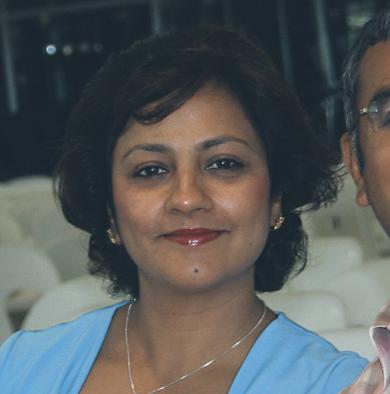
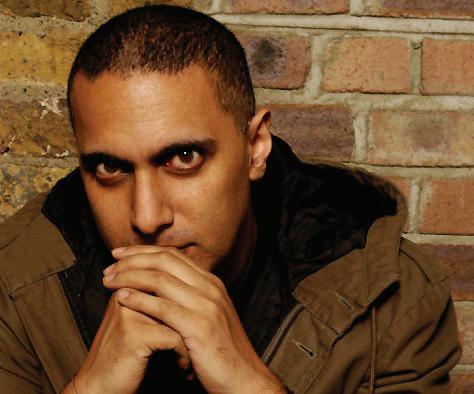
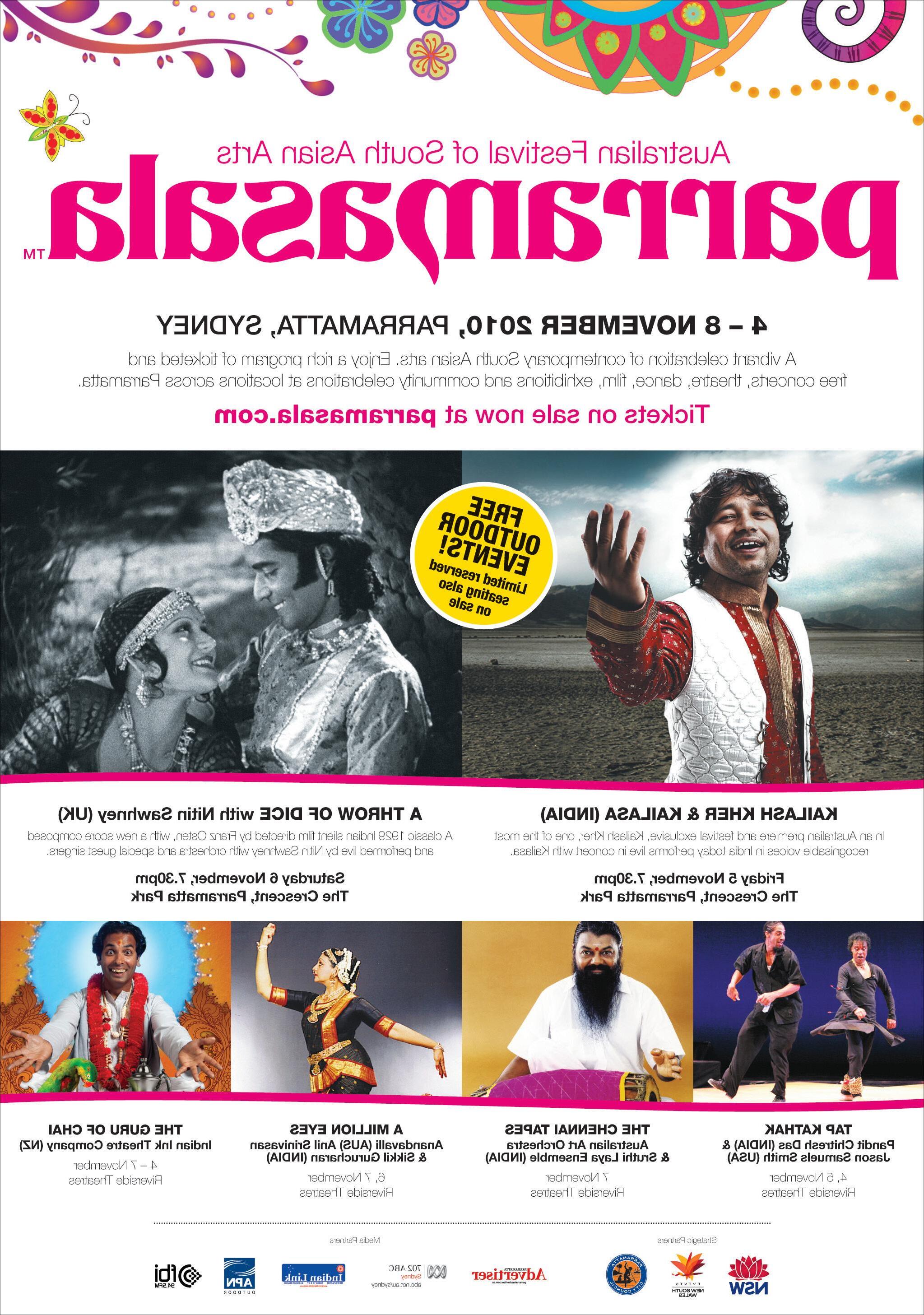
Peter hopes to curate all his collections into an exhibition shortly. And one of his long-term plans is to do something about his illustrious grandfather’s Bombay Talkies that lies in a dilapidated state in Mumbai’s Malad district. He is currently looking for funding for this massive project.
Devika Rani had run the studios quite successfully with Himanshu’s partner Sashadhar Mukherjee (Ashok Kumar’s brother-in-law) after Himanshu’s death in 1940, but it was neglected after her subsequent marriage to painter Svetsolav Roerich in 1945.
Himanshu Rai’s fascinating story is not done yet, not even with the restoration of his beautiful cinematic works that are currently wowing film buffs all over the world. Peter Dietze will tell the real tale of an amazing man who was one of the founding fathers of the world’s largest film industry.










